With the consortium stepping up its efforts to promote the distinctiveness of its members’ varietal and sparkling wines, in a bid to double annual sales from the current 21m bottles per year, I’ve come to the region to check out its wines and winemaking.
During the introduction in Lazise, on the lake’s south-eastern shore, I’m bombarded with soundbites on the luminous quality of the 32-mile-long lake:
- “The refraction generated by the water surface produces a one-of-a-kind phenomenon that turns into an additional element that enriches the terroir: besides the soil and climate, there is also this luminous quality.”
- “Light, or rather luminosity, is the natural factor that makes the production area around the lake a Mediterranean enclave at the foot of the Alps.”
- “The luminous quality is the element that enriches its terroir and gives its wines softness, freshness and fragrance.”
Most of the studies I’ve read about light and shade focus on protecting grapes from the heat of the sun, but that’s not the issue here. Lake Garda is in a sub-alpine region, with the body of water moderating the temperature and providing near-constant breezes that blow southwards in the morning and northwards in the afternoon.
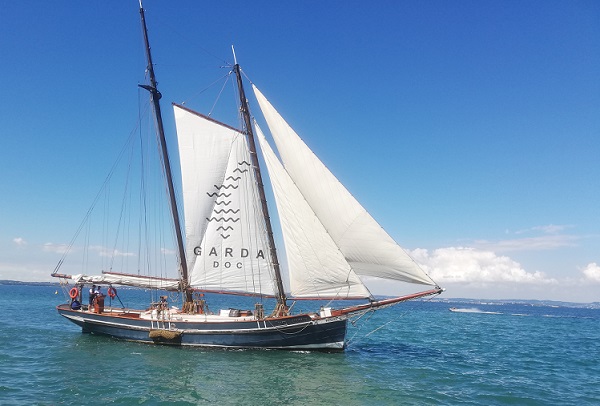
The first time I visited the area, as a much younger man, it was because it was a mecca for adrenaline-boosting sports such as windsurfing and paragliding that relied on these almost guaranteed winds. Now, watching the sun set behind the mountains, I’m on a sailboat with about 30 other foreign journalists, sipping the wines of Garda DOC. The freshness from the lowish pHs proved heat was not the issue here, despite a 1°C increase in temperature over the past 20 years. The good acidity, along with a light touch in the wineries – to maintain varietal aromas and flavours – were the common threads among the selection of wines offered by the consortium on board the boat.
The next day I was able to visit some of the producers and some of the vineyards...
A Riesling
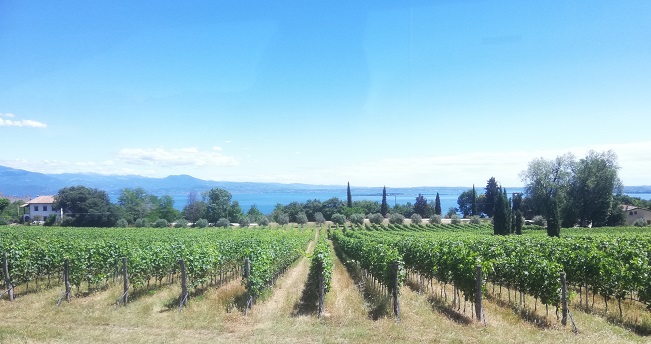
Among the first vines kissed by the morning light are those belonging to family-run Cantina Pratello, on the west shore of Lake Garda.
In vineyards best-known for producing Groppello grapes for Valtènesi Chiaretto, there are also Riesling vines. They have been growing in the area since 1876, when this land was part of the Austro-Hungarian Empire.
The Bertola family produces a wide range of wines from 80ha of vineyards, which are farmed somewhere between organic (without copper) and biodynamic, and has an outstanding wine tourism offer, which includes a superb restaurant, lively wine bar and 20 guest rooms. The family also grows olives, vegetables, fruit and herbs in another 40ha of land near its base in the medieval village of Pratello.
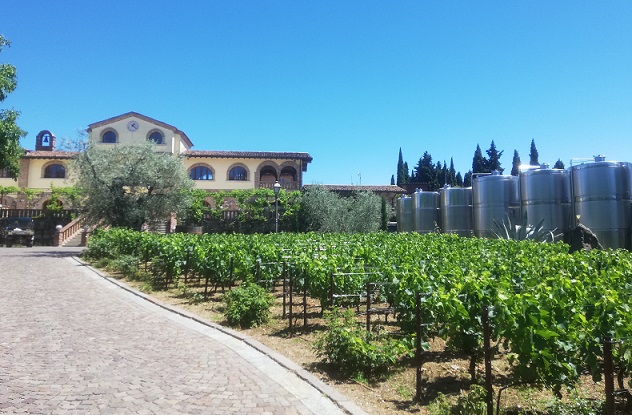
Able to label its annual output of 700,000 bottles as from Valtènesi or Lugana, Cantina Pratello (above) can also choose to sell its varietal wines – including reds made from the Rebo grape – with the Garda DOC stamp.
Originally the Riesling was blended with Chardonnay but they have been producing it as a varietal wine since the 1980s.
The remarkable Rieslings that I tasted, from the 2021 and 2016 vintages, come from vines planted in poor morainic soils in the 1970s.
About 1.2kg per vine is taken from the 4,800 plants per hectare. The handpicked grapes are gently whole-bunch pressed; only the first pressing is used; the wine is aged for five months in stainless steel and four months in bottle before release.
A Pinot Grigio
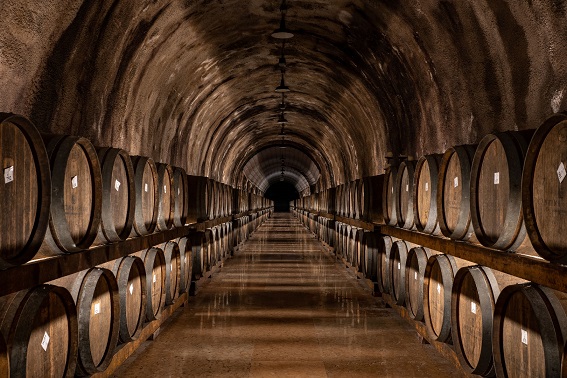
Of Garda DOC’s 31,100ha of vines, 3,340 (11%) are dedicated to Pinot Grigio. In the vineyards closest to the lake, it makes elegant, fresh versions with notes of elderberry, apricot, and flowers. Vineyards further away – near Verona – produce a more structured, less fragrant Pinot Grigio.
The wines I tasted were made using standard white wine vinification techniques, the only difference being the length of time in stainless-steel tanks (two, three, four or six months).
The example I was most intrigued by was the crisp Rocco Sveva which has aromas of pear and other white-flesh fruits, and floral notes such as jasmine.
After an hour’s drive from my base in Bardolino, I reached the beautiful and historic town of Soave. Behind the magnificent medieval castle lies Cantina Rocca Sveva, the premium wine label of the massive cooperative Cantina di Soave. Cantina di Soave, founded in 1898, produces “an expression” of all the main denominations of the Verona area, expanding outside of Soave with a series of mergers. Now it has about 2,400 growers who cultivate 6,500ha of vineyards.
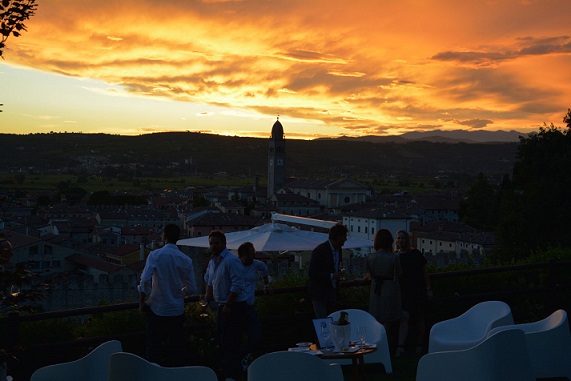
It was surprising to learn that Soave is part of Garda DOC, but it gives the cooperative the chance to produce a premium Pinot Grigio, a consistent bronze-medal winner at the International Wine Challenge. Cantina di Soave is one of the key members of the consortium as it produces about a quarter of Garda DOC’s 21m bottles – mainly Pinot Grigio, Chardonnay, Merlot, Cabernet Sauvignon and Corvina.
The winemaking for its Pinot Grigio involves the gentle pressing of whole clusters, overnight settling of the must, and maturation for about six months in steel.
A Chardonnay
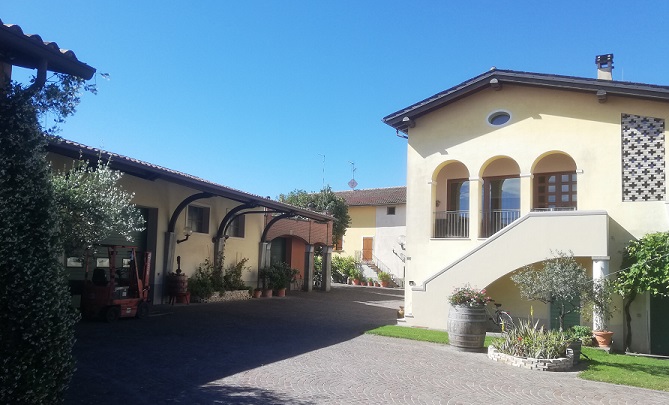
The biggest surprise during the trip was the wonderful Chardonnay, Meridiano, produced by Cantina Ricchi, a family-owned winery in Monzambo, to the south of Lake Garda.
Borrowing a technique from producers to the east of the lake, in Valpolicella, the Stefanoni family adds extra complexity to its premium Chardonnay by partially drying the grapes using Amarone della Valpolicella’s appassimento method.
It gives the wine a straw yellow colour with golden reflections, intense aromas of exotic ripe fruit and honey, and a full-bodied sensation in the mouth.
They dry 5kg of handpicked grapes in small crates for a week in a storage room where they can control the humidity and temperature.
They also use this technique – but for ten days – on their red wines.
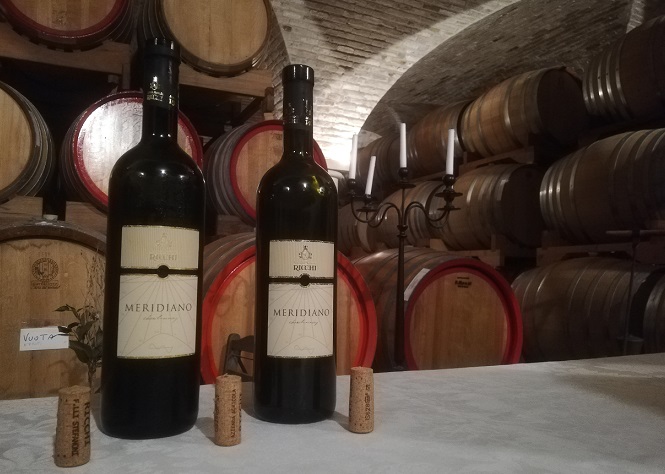
The Chardonnay grapes come from south-west-facing vineyards in a land once described as a wild and difficult territory to farm (‘Richinus’ in Latin).
After partial drying, the grapes are pressed softly and fermented at 18°C.
The wine is matured in second-use tonneaux in a winery where the boiler system is powered by wood chips made from winter prunings, and the rest of the power comes from solar panels.
A Trebbiano
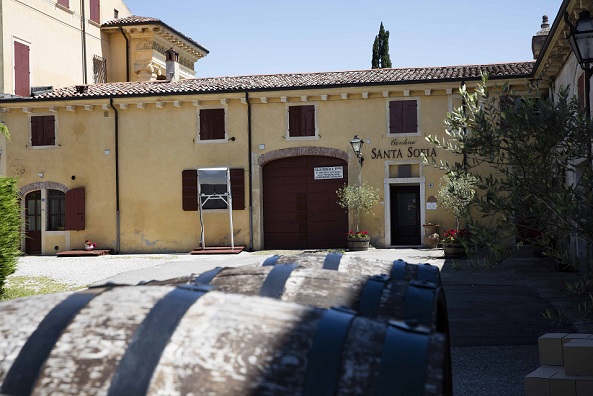
Based in Pedemonte (Verona), Santa Sofia makes wines in several of the region’s key appellations – Valpolicella, Soave, Bardolino, Custoza and Lugana.
Santa Sofia makes a nice Pinot Grigio from purchased grapes grown east of Lake Garda, but my favourite wine from the Begnoni family winery was a Trebbiano from its own 6ha of vineyards in Pozzolengo. It’s the same vineyards that produce the Trebbiano for the winery’s Lugana DOC wine.
“We aim to offer a different interpretation of the same varietal, working with the Trebbiano to get a fresher and more convivial style with the Garda DOC, first by harvesting the grapes earlier to achieve more acidity and brightness, then ageing the wine in the stainless-steel tanks for a shorter time,” Chiara Guardini, who runs the hospitality and communications department, explained to me. “Thanks to riper grapes and longer ageing, the Lugana is deeper, more intense and structured. Garda DOC, on the other hand, is meant to be more versatile and easygoing.”
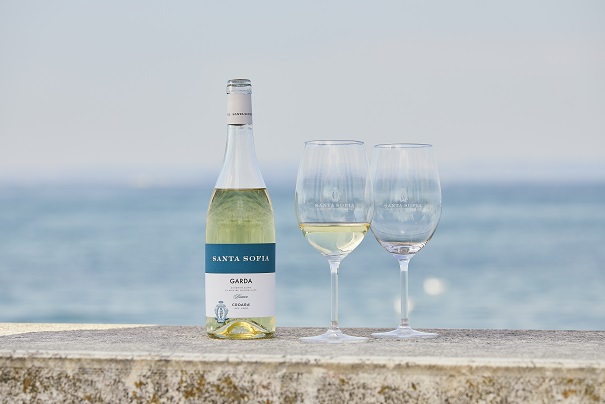
She added: “Also, we wanted to enhance the characteristics of the Garda DOC, underlining those features typical of the denomination: sharp, bright, fresh wines – aromas and flavours clearly emerging thanks to the environment in which the grapes are grown.”
A spumante
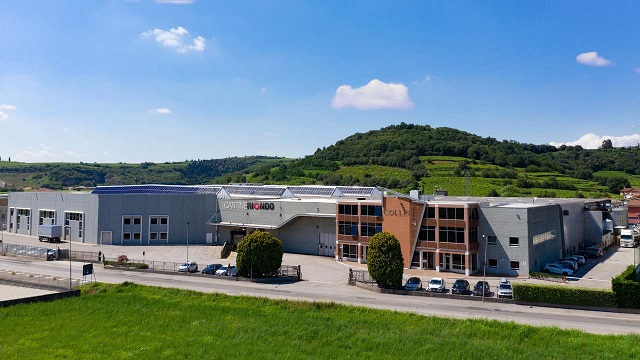
Established in 1996, Garda DOC covers both still and sparkling wines from Valentèsi, San Martino Della Battaglia, Lugana, Colli Mantovani, Custoza, Bardolino, Valpolicella, Valdadige, Durello and Soave.
The still wines are varietals but the sparkling wines can be blends. The sparkling wines can be either tank-fermented – what they are calling “the Italian method” here – or metodo classico. The Charmat-method wines tend to be varietals using Garganega, Trebbiano di Lugano or Pinot Grigio, while the classic-method wines are blends of Chardonnay, Pinot Noir and Corvina (for white) or Marzemino, Corvina and Pinot Noir for pink.
It gives the sparkling wine producers in the ten appellations a brand to compete with their compatriots in Franciacorta, Prosecco and Trentodoc. Garda DOC also has some advantages in recognisability as Lake Garda attracts more than 13 million tourists a year. Paolo Fiorini, president of the consortium, points out: “Our lake has always been one of the most popular tourist destinations both domestically and internationally, a place that is close to the hearts and forever etched in the minds of those who experience it.” Garda DOC’s mission, he said, is to “create a strong mental association that connects the Garda DOC wines, the sparkling wines but especially the varietal wines, with the Garda region”.

The spumante I found most interesting was made by Prosecco and Amarone producer Cantine Riondo Spa, a subsidiary of the cooperative Collis Veneto Wine Group, which produces more than 22 million bottles of wine a year. Using the tank-method and the key grape of Soave – Garganega – the Riondo Garda Spumante Brut is more elegant and refined than I was expecting from an €8 Prosecco lookalike. It has delicate floral notes (such as acacia blossom and honeysuckle), flavours reminiscent of apples and pears, hints of honey and bread on the finish, 12g/L of residual sugar and a refreshing 6g/L of total acidity.
It’s an ideal aperitif to pair with a setting sun and a placid lake.
“We believe this appellation is ready to make a big leap from not just a place for holidays but also great wine,” Paolo declares.
I can see that now. I have seen the light.


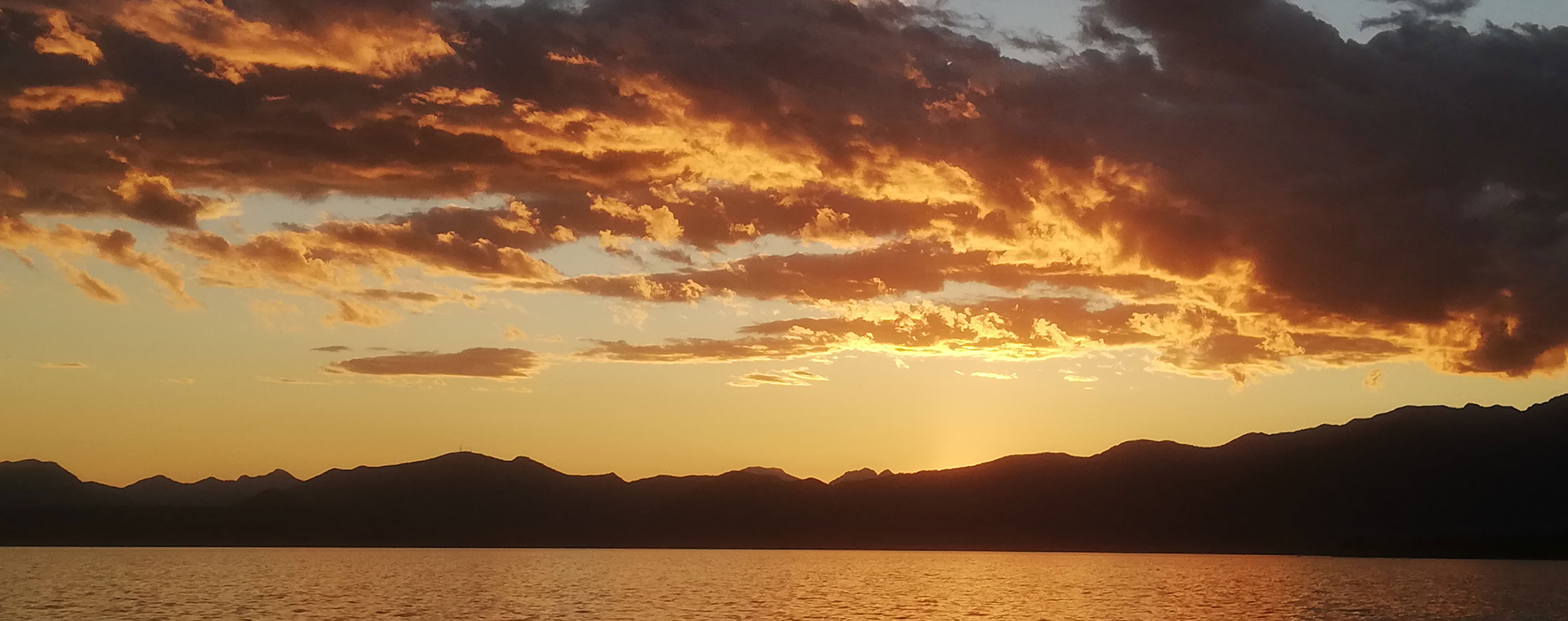










.png)






